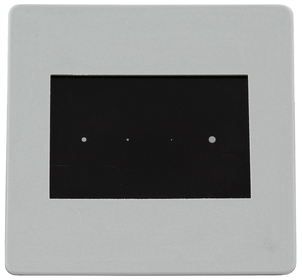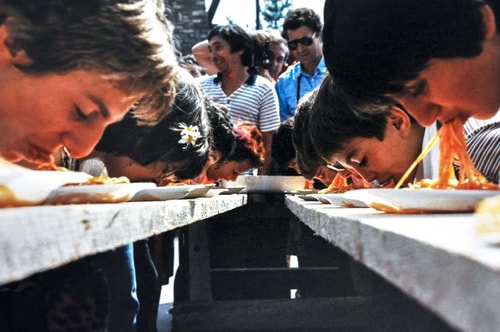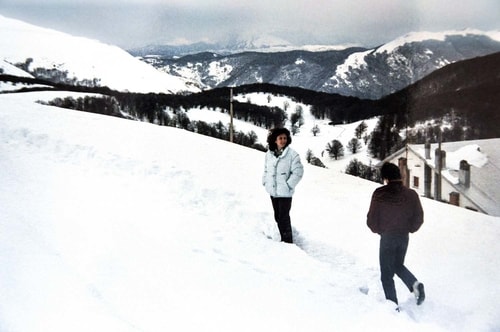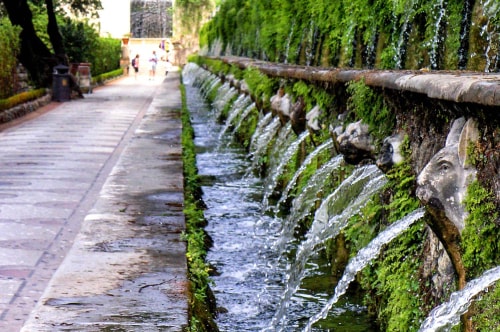GENERAL DESCRIPTION
Italy, a European country with a long Mediterranean coastline, has left a powerful mark on Western culture (and cuisine)... Its capital, Rome, is home to the Vatican as well as landmark art and ancient ruins. Other major cities include Florence, with Renaissance masterpieces such as Michelangelo’s ""David"" and Brunelleschi's Duomo; Venice, the city of canals; and Milan, Italy’s fashion capital.
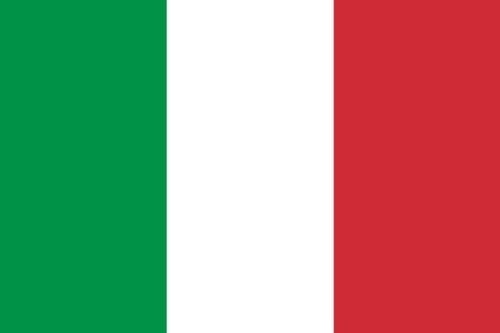
COUNTRY FACTS
POPULATION
58,742,000
RELIGION
Roman Catholic
CAPITAL
Rome (2,628,000)
LIFE EXPECTANCY
80
GDP PER CAPITA
U.S. $25,100
AREA
301,333 square kilometers (116,345 square miles)
LANGUAGE
Italian
LITERACY PERCENT
99
FABIO'S REVIEW


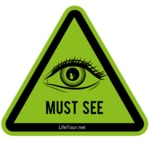
Coming soon!
LOCATIONS EXPERIENCED

GENOVA
Genoa (Genova) is a port city and the capital of northwest Italy's Liguria region. It is known for its central role in maritime trade over many centuries. In the old town stands the Romanesque Cathedral of San Lorenzo, with its black-and-white-striped facade and frescoed interior. Narrow lanes open onto monumental squares like Piazza de Ferrari, site of an iconic bronze fountain and the Teatro Carlo Felice opera house.

NAPOLI
Dating to the 2nd millennium B.C., Naples has centuries of important art and architecture. The city's cathedral, the Duomo di San Gennaro, is filled with frescoes. Other major landmarks include the lavish Royal Palace and Castel Nuovo, a 13th-century castle.
Pompei is a vast archaeological site located near Naples. Once a thriving and sophisticated Roman city, Pompei was buried in meters of ash and pumice after the catastrophic eruption of Mount Vesuvius in 79 A.D. Near the coast of the Bay of Naples, the well-preserved site features excavated ruins that visitors can freely explore.
Finally, Mount Vesuvius is an active volcano located about 9 km east of Naples. It is one of several volcanoes which form the Campanian volcanic arc.
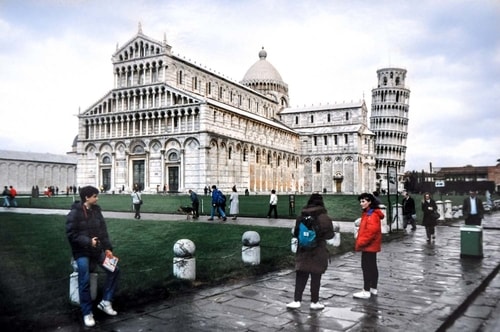
PISA
Pisa is a city in Italy's Tuscany region, best known for its iconic Leaning Tower. Already tilting when it was completed in 1372, the 56m white-marble cylinder is the bell tower of the Romanesque, striped-marble cathedral that rises next to it in the Piazza dei Miracoli. Also in the piazza is the Baptistry, whose renowned acoustics are demonstrated by amateur singers daily, and the Caposanto Monumentale cemetery.

ROME
Rome, Italy’s capital, is a sprawling, cosmopolitan city with nearly 3,000 years of globally influential art, architecture and culture on display. Ancient ruins such as the Forum and the Colosseum evoke the power of the former Roman Empire. Vatican City, headquarters of the Roman Catholic Church, has St. Peter’s Basilica and the Vatican Museums, which house masterpieces such as Michelangelo’s Sistine Chapel frescoes.
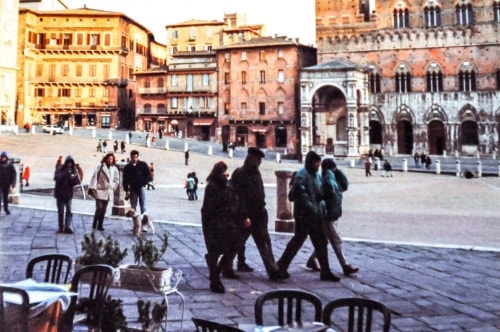
SIENA
Siena, a city in central Italy’s Tuscany region, is distinguished by its medieval brick buildings. The fan-shaped central square, Piazza del Campo, is the site of the Palazzo Pubblico, the Gothic town hall, and Torre del Mangia, a slender 14th-century tower with sweeping views from its distinctive white crown. The city’s 17 historic “contrade” (districts) extend outward from the central square.
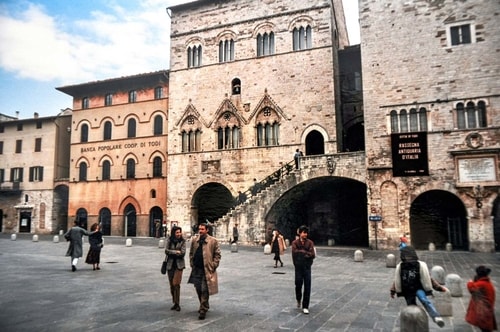
TODI
Todi is a hilltop town in Umbria. Among the medieval buildings framing the central Piazza del Popolo are the People’s Palace and the Captain’s Palace. The latter houses the Civic Museum and Gallery. Beneath the square are two Roman cisterns, part of a series of subterranean tunnels and wells dating from as far back as the 2nd century B.C.
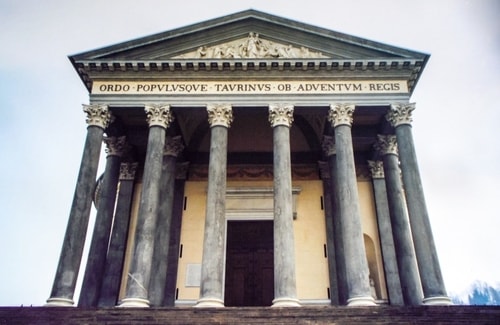
TURIN
Turin, the capital city of Piedmont in northern Italy, is known for its refined architecture and cuisine. The Alps rise to the northwest of the city. Stately baroque buildings and old cafes line Turin's boulevards and grand squares such as Piazza Castello and Piazza San Carlo. Nearby is the soaring spire of the Mole Antonelliana, a 19th-century tower housing the interactive National Cinema Museum.
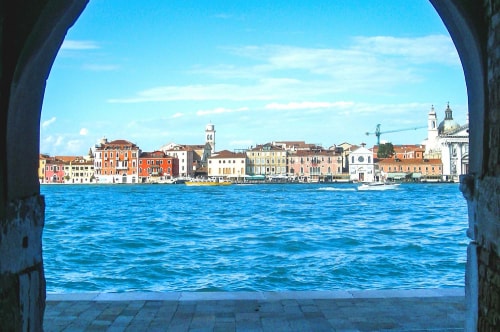
VENICE
Venice, the capital of northern Italy’s Veneto region, is built on more than 100 small islands in a lagoon in the Adriatic Sea. It has no roads, just canals – including the Grand Canal thoroughfare – lined with Renaissance and Gothic palaces. The central square, Piazza San Marco, contains St. Mark’s Basilica, which is tiled with Byzantine mosaics, and the Campanile bell tower offering views of the city’s red roofs.
GENOVA

Genoa (Genova) is a port city and the capital of northwest Italy's Liguria region. It is known for its central role in maritime trade over many centuries. In the old town stands the Romanesque Cathedral of San Lorenzo, with its black-and-white-striped facade and frescoed interior. Narrow lanes open onto monumental squares like Piazza de Ferrari, site of an iconic bronze fountain and the Teatro Carlo Felice opera house.
NAPOLI

Dating to the 2nd millennium B.C., Naples has centuries of important art and architecture. The city's cathedral, the Duomo di San Gennaro, is filled with frescoes. Other major landmarks include the lavish Royal Palace and Castel Nuovo, a 13th-century castle.
Pompei is a vast archaeological site located near Naples. Once a thriving and sophisticated Roman city, Pompei was buried in meters of ash and pumice after the catastrophic eruption of Mount Vesuvius in 79 A.D. Near the coast of the Bay of Naples, the well-preserved site features excavated ruins that visitors can freely explore.
Finally, Mount Vesuvius is an active volcano located about 9 km east of Naples. It is one of several volcanoes which form the Campanian volcanic arc.
PISA

Pisa is a city in Italy's Tuscany region, best known for its iconic Leaning Tower. Already tilting when it was completed in 1372, the 56m white-marble cylinder is the bell tower of the Romanesque, striped-marble cathedral that rises next to it in the Piazza dei Miracoli. Also in the piazza is the Baptistry, whose renowned acoustics are demonstrated by amateur singers daily, and the Caposanto Monumentale cemetery.
ROME

Rome, Italy’s capital, is a sprawling, cosmopolitan city with nearly 3,000 years of globally influential art, architecture and culture on display. Ancient ruins such as the Forum and the Colosseum evoke the power of the former Roman Empire. Vatican City, headquarters of the Roman Catholic Church, has St. Peter’s Basilica and the Vatican Museums, which house masterpieces such as Michelangelo’s Sistine Chapel frescoes.
SIENA

Siena, a city in central Italy’s Tuscany region, is distinguished by its medieval brick buildings. The fan-shaped central square, Piazza del Campo, is the site of the Palazzo Pubblico, the Gothic town hall, and Torre del Mangia, a slender 14th-century tower with sweeping views from its distinctive white crown. The city’s 17 historic “contrade” (districts) extend outward from the central square.
TODI

Todi is a hilltop town in Umbria. Among the medieval buildings framing the central Piazza del Popolo are the People’s Palace and the Captain’s Palace. The latter houses the Civic Museum and Gallery. Beneath the square are two Roman cisterns, part of a series of subterranean tunnels and wells dating from as far back as the 2nd century B.C.
TURIN

Turin, the capital city of Piedmont in northern Italy, is known for its refined architecture and cuisine. The Alps rise to the northwest of the city. Stately baroque buildings and old cafes line Turin's boulevards and grand squares such as Piazza Castello and Piazza San Carlo. Nearby is the soaring spire of the Mole Antonelliana, a 19th-century tower housing the interactive National Cinema Museum.
VENICE

Venice, the capital of northern Italy’s Veneto region, is built on more than 100 small islands in a lagoon in the Adriatic Sea. It has no roads, just canals – including the Grand Canal thoroughfare – lined with Renaissance and Gothic palaces. The central square, Piazza San Marco, contains St. Mark’s Basilica, which is tiled with Byzantine mosaics, and the Campanile bell tower offering views of the city’s red roofs.
MAP
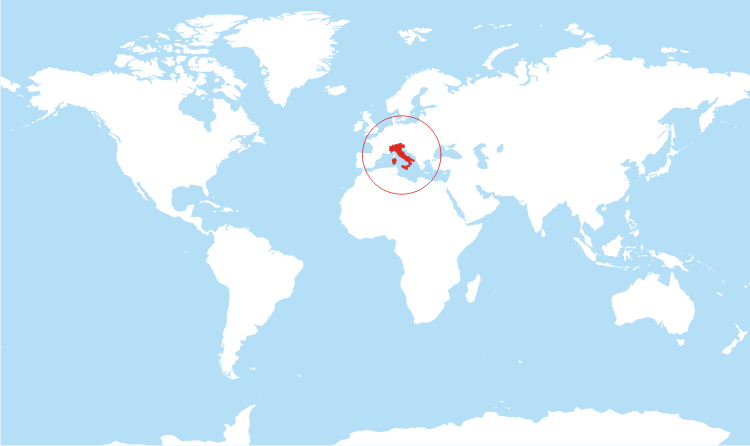
VIDEOS
Check out my YouTube page for all videos!
RESOURCES
This section is currently under construction.
